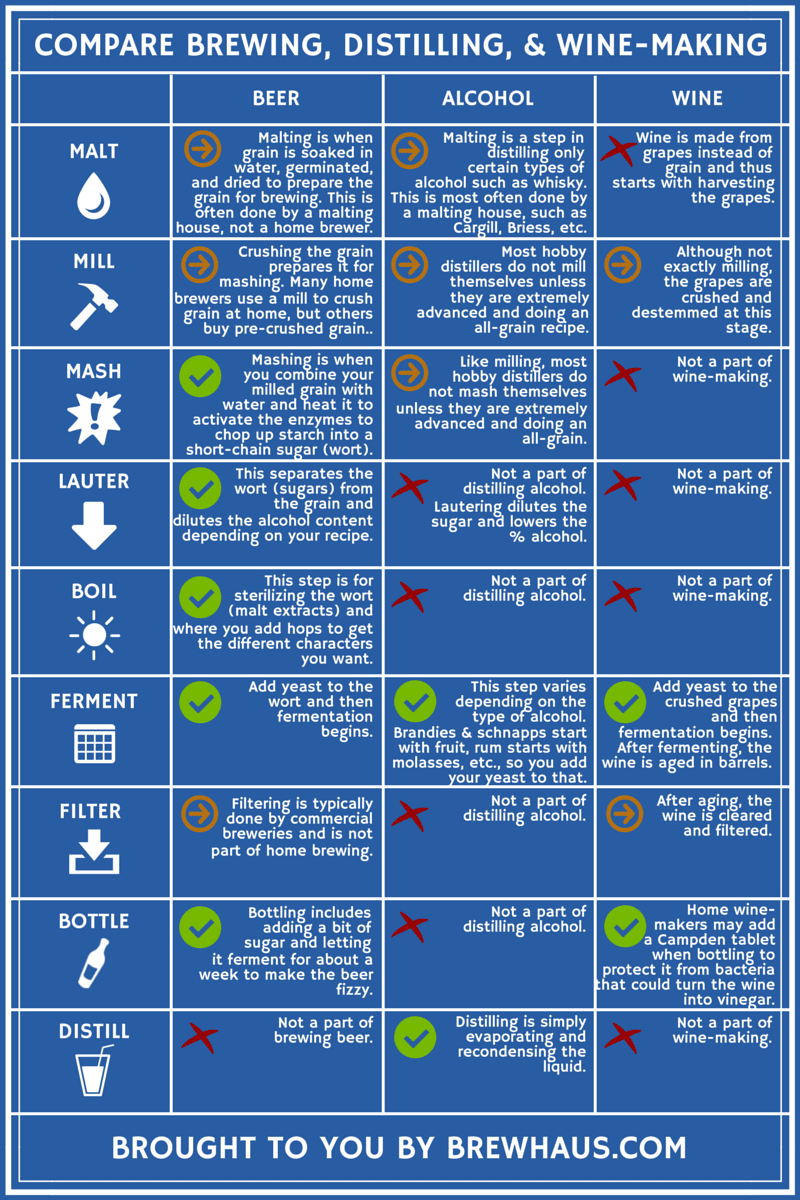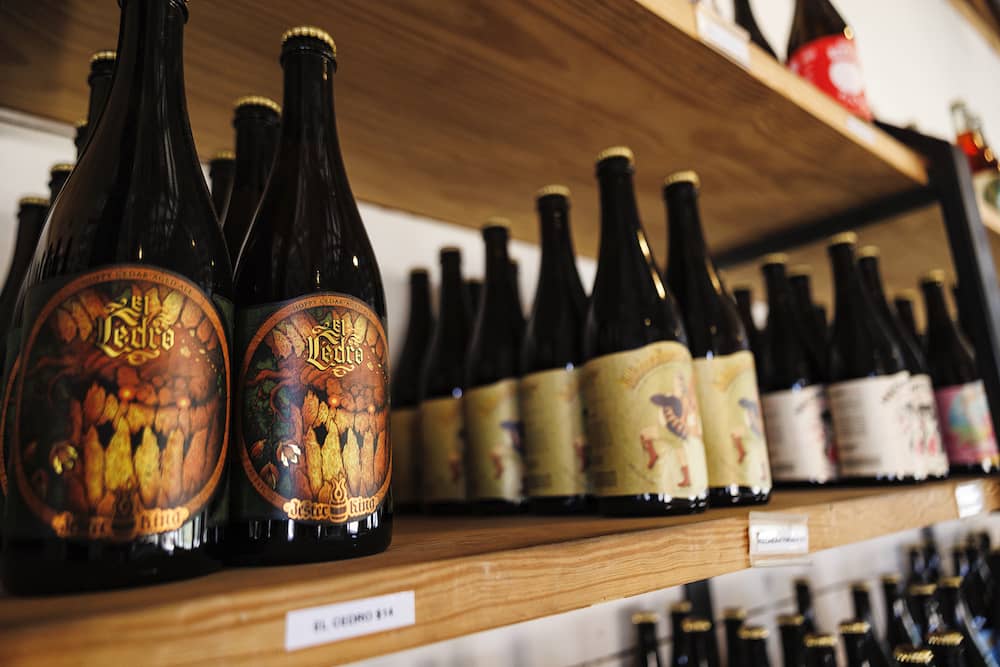Go to a Distillery in Galveston: Crafting the Finest Spirits
Go to a Distillery in Galveston: Crafting the Finest Spirits
Blog Article
Understanding the Craft of Distillation: a Deep Study Distillery Traditions
Checking out the elaborate art of purification reveals a globe steeped in time-honored practices that have formed the spirits we delight in today. From the old origins of purification methods to the modern-day development of distillery tools, each action in the procedure brings with it an abundant tapestry of history and proficiency. As we dive into the fragile equilibrium of modern versus standard distilling practices and discover the significance of crucial components, a deeper understanding emerges of the profound influence distillery traditions have on the spirits we appreciate.
Origins of Distillation Strategies
The development of distillation techniques has a rich background that traces back to old human beings. The principle of dividing elements based on their various boiling factors laid the structure for the advanced distillation processes we have today.
The earliest evidence of distillation days back to around 3000 BC in Mesopotamia, where clay pots were made use of to boil down fragrances and aromatic oils. The Egyptians further advanced these strategies, utilizing distillation for medical objectives and embalming practices. The Greeks, especially numbers like Aristotle and Hippocrates, added to the academic understanding of distillation.
Over time, purification infect regions like India, China, and the Middle East, each society including its distinct touch to the craft. The evolution of purification methods proceeded via the Center Ages and the Renaissance, eventually resulting in the diverse selection of purification procedures used in modern-day distilleries worldwide.
Development of Distillery Equipment

With improvements in innovation and a deeper understanding of the purification procedure, contemporary distilleries currently utilize a variety of sophisticated tools to create spirits of the best. Today, purification devices includes column stills, reflux stills, and hybrid stills, each developed to accommodate particular distillation demands. These modern stills offer far better temperature regulation, boosted distillation accuracy, and higher efficiency in dividing alcohol from pollutants.
Along with stills, distilleries currently use innovative condensers, fermenters, and filtering systems to more fine-tune the extract. The development of distillery equipment proceeds to play a critical function in forming the diverse series of spirits offered out there today.
Conventional Vs. Modern Distilling Practices
Alternatively, modern distilling practices leverage advanced innovation and advancement to enhance manufacturing procedures and improve uniformity. Automated systems, electronic controls, and cutting edge devices allow contemporary distilleries to create spirits much more efficiently and with greater precision.
While traditional distilling practices are valued for their heritage and the distinct tastes they create, modern methods supply benefits in terms of scalability, quality control, and sustainability. By incorporating scientific developments and contemporary engineering, distillers can maximize production, decrease waste, and meet the needs these days's market better. Inevitably, the option between modern-day and conventional distilling practices often relies on the distillery's objectives, values, and target market.
Key Active Ingredients in Purification Process
Within the Full Article craft of purification, the choice of key active ingredients plays a critical function in identifying the taste profile and top quality of the spirits created. The key components used in the purification process are commonly water, yeast, and a fermentable source such as grains, fruits, or sugarcane.
Water is a basic element as it not just dilutes the alcohol web content to a palatable degree but additionally affects the general mouthfeel and texture of the spirit. The high quality and mineral web content of the water utilized can significantly impact the last item.
Yeast is another necessary ingredient that transforms the sugars existing in the fermentable source right into alcohol via the process of fermentation. Various pressures of yeast can create varying tastes and aromas, adding to the distinct features of the spirit.
/https://static.texastribune.org/media/images/2017/06/07/Brewery-Rich-12-TT-crop.jpg)
Influence of Distillery Traditions on Spirits
The influence of historical distillery customs on spirits expands beyond the choice of essential active ingredients, shaping the really essence and personality of the final distilled items (Galveston Whiskey). These practices, passed down via generations, play a vital role in specifying the unique taste profiles and qualities that differentiate one spirit from one more
Distillery traditions encompass a broad range of techniques, from the particular strategies used in distillation to the selection of aging processes used. For instance, making use of this post typical copper pot stills in whiskey production is thought to present certain flavors and features that are highly valued by connoisseurs. Likewise, the aging of spirits in oak barrels, a technique deeply rooted in distilling traditions, adds to the advancement of complicated fragrances and tastes in time.

Conclusion
Finally, the practices of purification have a rich history that has progressed over time. From the origins of distillation methods to the modern methods, the effect of distillery practices on spirits is obvious. By understanding the essential components in the purification procedure and the advancement of distillery tools, one can value the workmanship and virtuosity that goes into developing premium spirits. Distillery customs play a crucial duty fit the spirits sector and maintaining the heritage of purification techniques.
Throughout the background of distillation, the equipment used in distilleries has actually gone through considerable development to enhance efficiency and quality of the purification procedure.With improvements in innovation and a deeper understanding of the purification procedure, contemporary distilleries now make use of a range of advanced equipment to generate spirits of the greatest high quality. Today, distillation tools includes column stills, reflux stills, and hybrid stills, each made to provide to particular purification requirements. From the origins of purification methods to the modern techniques, the effect of distillery traditions on spirits is obvious. Distillery customs play a vital duty in shaping find out here now the spirits sector and protecting the heritage of distillation methods.
Report this page